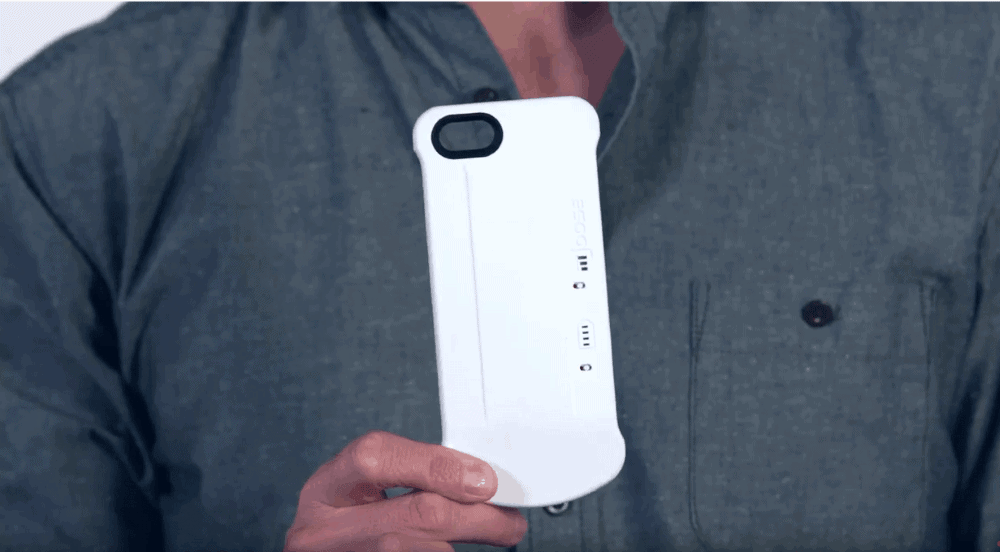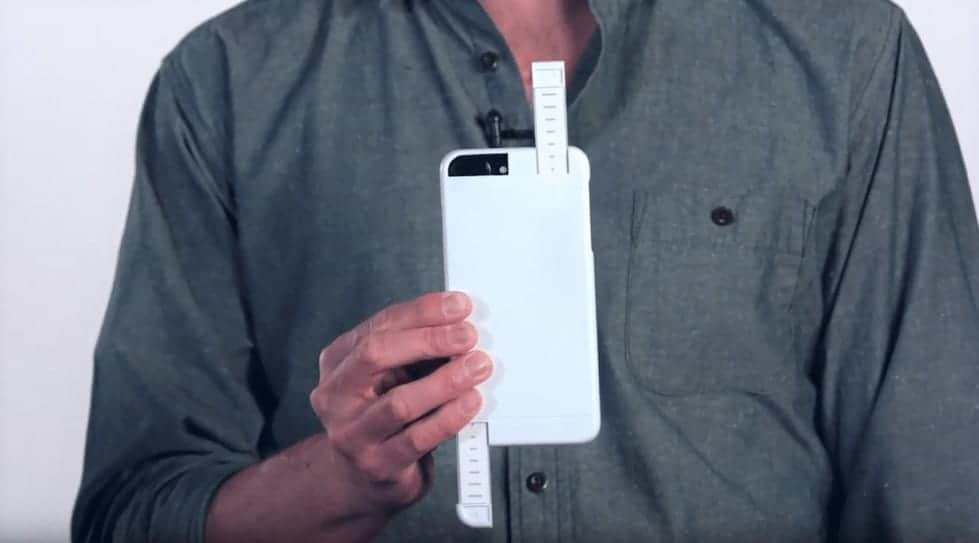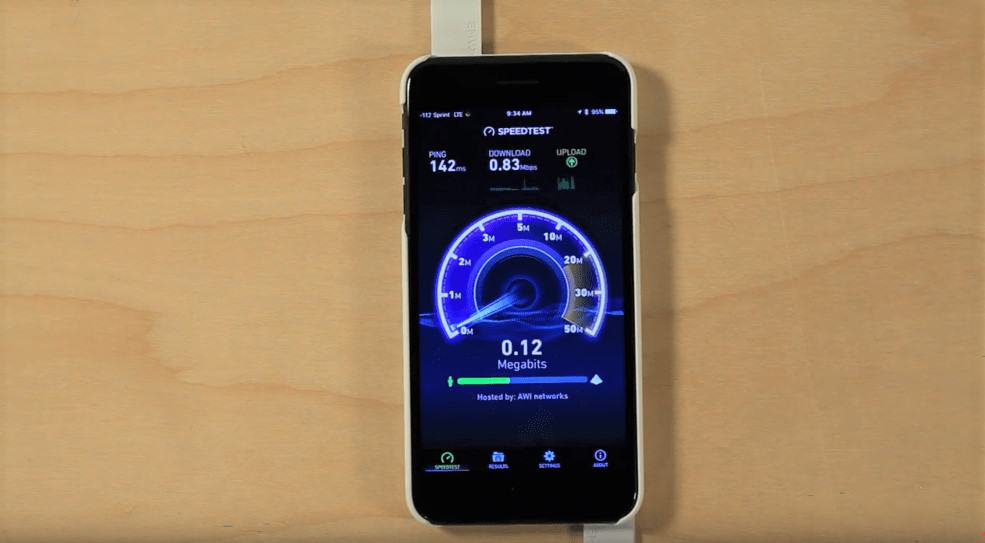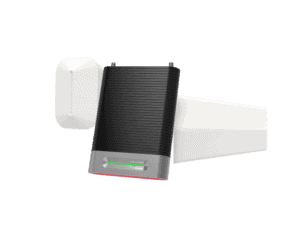Do Cell Phone Signal Booster Cases Really Work?
Posted on 11/2/2022 by Meredith Pond
People often ask us questions like: “Do cell phone booster cases work?” and “Are they worth the investment?” To find out more about these devices, and whether they’re right for you, read on below.
What is a cell phone booster case?
A cell phone booster is a device meant to boost your cell phone reception. Not too many years ago, cell phone cases purporting to boost your cell signal came on the scene. If you do a search, you’ll even find cell phone signal booster stickers that claim to do the same thing.
In simple terms, a cell phone booster takes the cellular reception you already have and applies technology to amplify it. In layman’s terms, the aim is to increase the existing reception: if you have one bar, maybe you’ll get up to two or three with a cell phone booster.
Other names for a cell phone booster include:
- Cell phone signal booster
- Cell signal amplifier
- Cell signal repeater
Cell phone signal boosters don’t create a new signal
When talking about these devices, it’s important to note that they don’t create a signal. If you’re in a location where your cell phone service provider’s signal doesn’t reach at all, then the booster has nothing to boost. A signal booster can only juice-up an existing signal — turning a minimal and fairly useless signal into one that you can actually use.
What types of cell phone booster cases exist?
You can get a few types of signal boosters, but if you’re looking for one that doubles as a case, then you have two main options: passive booster cases and active booster cases.
1. Passive cell phone booster cases
These are cases that don’t have active amplification technology at all. Instead of repeating or boosting the actual signal to or from your phone, they have a built-in antenna.
The antenna typically slides up out of the case. If you have a phone case with a built-in kickstand, then you’re familiar with the way the stand pivots out of your case to help the phone stand up while you’re watching content. An antenna often works in a similar fashion, either flipping up or sliding out to provide a larger surface area.
The problem with passive cell phone booster cases or stickers is that nothing actually connects to the antenna in your phone. For example, for the extendable antennas on a case to work effectively and boost reception, they would need to be directly connected to your phone’s internal antenna. Because the extendable antennas on the case have no direct connection to the phone’s antenna, users tend to see little to no signal improvement.
Passive cell phone booster case: speed test
We did a speed test to see how much (if at all) these types of devices increased cell phone data reception.
- First, we ran the test without the case. The results with the phone were 1.5 megabits per second (Mbps) downlink and 1.38 Mbps uplink.
- Next, we ran the test with the passive cell phone booster case on the phone. Antenna up and everything. The result was that the phone got 0.83 Mbps downlink and 0.5 Mbps uplink.
- Conclusion? In this test, the passive booster case actually hampered the phone’s connectivity and signal. That’s likely due to the case partially blocking signals from reaching the phone’s internal antenna. That can happen with a variety of phone cases, but it’s possible that the extra structure built into the case to support the internal antenna did more harm than good. Certainly, we can say that the external antenna didn’t do anything to boost the phone’s reception.
2. Active cell phone booster cases
An active cell phone booster case has built-in technology to amplify the signal coming to the phone. It claims to take any signal it can find — no matter how weak — and magnify it. Typically, using an active device over a passive booster case is going to bring you better results.
But even in this situation, do cell phone signal booster cases really work?
To us, there’s an obvious downside. Typically, the signal amplifiers in active cases only boost the incoming (downlink) signal — that is, they only boost the signal coming from the cell phone tower to your device. This is the signal that the bars on your phone measure, so if you can find an active cell phone booster case, you may see another bar or two appear on your screen.
However, the case does not typically do anything to amplify the signal coming from your phone to the cell phone tower (which is called the uplink signal, by the way). This is a pretty significant drawback, as the uplink signal is what completes the communication loop between your phone and the tower and ensures functional two-way communication.
As a result, even a functioning active booster case will make the incoming signal stronger, but the outgoing signal will not receive the same boost.
If a phone can’t transmit signals reliably back to the cell tower, the communication loop is broken. This could cause your cell connection to drop or fade in and out intermittently. Remember those old “Can you hear me now?” commercials on TV? That’s the kind of poor reception we’re talking about.
Active cell phone booster case: speed test
So you wouldn’t have to take our word for it, we ran a test on a phone with and without an active cell phone booster case.
- We put the case on the phone but didn’t turn it on. Without the case active, the phone got a data reception of 2 Mbps downlink and almost 4 Mbps uplink.
- With the amplifier case turned on, the phone got 2.47 Mbps downlink but only 1 Mbps uplink reception speed. This is in line with our explanation above. The case may slightly improve the downlink signal but will not improve the uplink signal. In fact, it might actually lower the quality of the uplink signal. So you still won’t be able to communicate effectively.
The verdict: do cell phone booster cases actually work?
Based on our findings, it doesn’t seem as if cell phone booster cases work well at all.
Passive cell phone cases don’t really do much of anything. The technology involved doesn’t even make much sense — unless you’re physically connecting something to the antenna in your phone, you’re not going to be able to improve what it can do without actual active amplification.
Active repeater cases do have some functionality, so ultimately it depends on what you want to do with your phone that determines whether they’ll work well for you. If you’re just looking to boost your signal from three bars to four bars for speed, a booster case might give you something. But if you’re trying to boost an almost unusable signal or communicate with someone else, the lack of support for a faster uplink signal means a case won’t get the job done.
What actually CAN boost your cell signal?
Don’t worry. You’re not stuck with whatever signal happens to be available in your area. Why’s that? Because you can get an external cell phone booster — one with advanced technology that actually works for both uplink and downlink signals.
weBoost cell phone signal boosters are FCC certified and can cover multiple users in a car or building. We have many models designed for use in a home, business, passenger car or SUV, overlanding rig, or RV to up the ante on cellular signals wherever you are. There is no subscription, and our boosters are designed to work for years to come.
What’s the benefit of investing in a cell phone amplifier that’s not built into a phone case? The main advantage is that you’re buying technology built to do a specific thing, so you can have confidence that it will do the job well.
Instead of trying to do multiple things with one accessory, consider investing in a signal booster from weBoost, designed to get the job done well.








